Data Analyst’s Guide to Doing an MBA
In the increasingly data-driven world of business, the role of a data analyst has never been more crucial. As professionals who translate numbers into understandable insights, data analysts play a pivotal role in strategic decision-making processes. However, to fully leverage the potential of data and drive strategic initiatives, a broader understanding of business can be exceptionally beneficial. This is where an MBA comes into play.
This guide, “Data Analyst’s Guide to Doing an MBA“, is designed to help data analysts navigate the decision of pursuing an MBA. It will cover everything from evaluating the need for an MBA and understanding the curriculum to choosing the right program and applying the knowledge gained from an MBA in your data analysis career.
Whether you’re a data analyst aspiring to move into a leadership role or aiming to enhance your strategic decision-making skills, this guide will provide you with a comprehensive overview of how an MBA can accelerate your career trajectory and enrich your professional capabilities.
Data Analyst’s roles across industries
We spoke to different profiles who have been working as Data Analysts in different sectors. The titles across the sectors are different, but what they do for the business is very similar.
Profile 1: An Equity Research Analyst
Profile 1 : An Equity Research Analyst plays a crucial role in the financial sector, especially in making investment decisions. They are responsible for examining financial data, spotting trends, and making predictions about a wide array of financial investments, particularly stocks.
How does an Equity Analyst work with data:
1. Gathering Data:
Equity Research Analysts gather financial data from multiple sources like company reports, SEC filings, press releases, financial databases, and industry news. They also conduct interviews or discussions with company management and industry professionals to gather insights.
2. Financial Modeling & Forecasting:
The gathered data is used to create financial models to predict a company’s future earnings. This involves analyzing income statements, balance sheets, and cash flow statements to understand the company’s financial status and predict future performance. They use a variety of valuation methods, such as Discounted Cash Flow (DCF) analysis, Comparable Company Analysis, and more.
3. Trend Analysis:
Equity Research Analysts use data to identify trends in financial indicators and the overall market. They might look at changes in a company’s revenue or net income over time, or broader industry trends that could affect a company’s performance.
4. Comparative Analysis:
Analysts often compare a company’s performance with its competitors. This could involve comparing ratios like Price/Earnings or Return on Equity, or other performance indicators.
5. Report Writing:
After the analysis, they present their findings in research reports, which include data, charts, and graphs to make their findings clear. These reports usually contain a recommendation, such as “buy,” “hold,” or “sell,” along with a justification based on their data analysis.
Profile 2: Lead Data Scientist working with a Consulting Firm
Here’s how they work with data:
1. Data Analysis and Interpretation: The Lead Data Scientist oversees the collection, analysis, and interpretation of large and complex datasets. They use a variety of tools and techniques to analyze the data and extract useful insights.
2. Predictive Modeling and Machine Learning: They are responsible for building, validating, and implementing predictive models that can help the business make future decisions. These models often use machine learning techniques and algorithms.
3. Strategy Development: They work closely with company leaders and clients to develop strategies that can leverage data-driven insights to achieve business goals and objectives.
4. Staying Current: The field of data science is continually evolving, so a Lead Data Scientist should stay current with the latest data analysis techniques, tools, and trends. This includes understanding emerging technologies like artificial intelligence and deep learning.
Both these industries are very different, however, the Data Analyst in each of these industries brings very similar skills to the table.
If you are looking to pursue a career in consulting. Check out this article for post MBA career paths in consulting
How can an MBA help Data Analysts?
Let’s look at the MBA curriculum and how it helps develop skills for Data Analysts.
The MBA Curriculum: There are courses and electives that you need to take in your MBA that are designed to give you an extra edge for your next career goal.
If you are looking for a Career in Consulting as a Data Analyst, what are the courses available and how does it help?
How does a Strategic Management course help a Data Analyst?
This is a course that gives an overview of how to develop, implement, and adapt strategies within an organization. It covers decision-making at the top level, which will give analysts a broader view of how their data fits into the big picture.
For example: When Procter and Gamble made a “Brand Simplification Strategy” move in 2014, they decided to remove some of the products from their portfolio. One such product was “Duracell” which was sold to Warren Buffet’s Berkshire Hathaway.
The company’s management decided to divest, discontinue or merge about 100 of them, focusing on the remaining 80 to 100 brands that accounted for 90% of their sales and over 95% of their profit.
How do Financial Management and Accounting help Data Analysts?
These courses provide an understanding of financial reporting, corporate finance, and financial markets. This knowledge is essential for consultants who are often required to understand and work on financial models and statements.
For example: As we all know Amazon was originally an online marketplace and decided to venture into a new field – cloud services – which was not directly related to its core business. This was a significant strategic decision and required in-depth financial modeling to justify and plan for the required investment.
At the time, in the mid-2000s, cloud computing was not as popular or widely accepted as it is today. However, Amazon identified an opportunity to monetize the excess capacity of the servers that powered their e-commerce operations.
Before moving forward with this major decision, Amazon would have conducted a series of financial analyses and created models to predict potential revenue streams, the costs involved in creating and maintaining this new division, and the impact on its overall financial health.
Such financial models would have included predictions of future market growth for cloud services, cost-benefit analyses, and various risk assessment scenarios. These models would have been instrumental in convincing Amazon’s leadership to invest heavily in this new venture, which was a divergence from their primary e-commerce business.
How does Marketing Management help a Data Analyst?
This course teaches the fundamental concepts of marketing, including segmentation, targeting, positioning, and the marketing mix. Understanding these concepts is crucial when working with marketing data or advising on marketing strategies.
One of the best examples to organizations using Marketing Management principles is
The “Just Do It” campaign, launched in 1988. One of the most iconic and successful marketing campaigns in history, and it has driven Nike’s growth for decades. This campaign demonstrates the following marketing management principles:
Understanding Customer Needs and Wants: Nike understood that their customers weren’t just buying sports shoes, but a way to improve performance, achieve goals, and express a lifestyle. The “Just Do It” campaign tapped into these desires rather than focusing solely on the features of Nike’s products.
Creating Value: Nike used the “Just Do It” slogan to position their brand as inspiring, motivational, and empowering. They didn’t just sell shoes or sportswear—they sold the idea that anyone could be an athlete and that with effort and perseverance, you can achieve your goals. This provided enormous value to their customers.
Building Strong Brands: The “Just Do It” campaign helped to create a strong, globally recognized brand. It differentiated Nike from its competitors and created strong brand loyalty.
Delivering and Communicating Value: Nike effectively communicated its value proposition through a variety of channels and media, from TV commercials featuring popular athletes to billboards and online advertisements. They constantly reiterated and reinforced the “Just Do It” message, ensuring that it resonated with consumers worldwide.
Creating Successful Long-Term Growth: The “Just Do It” campaign wasn’t just about increasing sales in the short term. It was about creating a brand and a message that would continue to resonate with customers and drive growth for years to come. Even today, decades after it was first introduced, the “Just Do It” slogan is still a core part of Nike’s marketing strategy.
How does Operations Management help a Data Analyst?
This subject deals with the design and management of processes, products, and services. It is beneficial for those interested in consulting within industries such as manufacturing, supply chain, or logistics.
A key example of Apple using the operations management principles is their strategic decision to outsource their manufacturing processes while retaining control over design and research.
In the late 1990s and early 2000s, Apple faced a critical challenge. They had an array of products, complex manufacturing processes, and a global supply chain that was hard to manage. The challenge was to simplify and streamline operations to ensure product quality, timely delivery, and cost-effectiveness.
One of the operations management principles Apple used to address this issue was to focus on its core competencies and outsource the rest. Apple recognized that its strengths lay in designing and marketing products, not necessarily manufacturing them. So, they made a strategic decision to outsource the manufacturing to experienced, capable partners.
This led to a relationship with Foxconn, a Taiwanese multinational electronics contract manufacturer, who took over the majority of Apple’s manufacturing operations. This outsourcing strategy allowed Apple to focus on design, innovation, and marketing, while Foxconn could concentrate on efficient production, assembly, and managing the complex logistics of getting parts from suppliers to manufacturing units.
If you would like to evaluate other career options in operations post MBA. Check out this article
How does an Economics course help Data Analysts?
Courses in microeconomics and macroeconomics help you understand market forces, pricing, competition, and the overall economy, which are valuable insights for a consultant.
For example: In the face of increasing competition from Disney+, Hulu, Amazon Prime, and others, Netflix could bring in management consultants to provide insights into their pricing strategy and product differentiation.
Using principles of microeconomics, could analyze consumer behavior, price elasticity, and market demand to recommend whether Netflix should adjust its pricing strategy. They could also investigate the degree of product differentiation – for example, the value of Netflix’s original content – to see how it influences consumer choices.
How do electives in courses such as Business Analytics and Big Data help Data Analysts?
These courses are particularly beneficial for a data analyst. They cover advanced analytics techniques, machine learning, AI, and how to make decisions based on data.
For example: In 2015, Starbucks faced challenges with customer engagement and personalization. They hired a team of management consultants to implement an AI-driven system known as the Digital Flywheel, and the results were impressive.
The Digital Flywheel used advanced analytics and AI to personalize marketing outreach. This system leveraged data from their loyalty card program and mobile app. It tracked customer purchases, identified patterns, and then used machine learning algorithms to predict and influence future buying behavior.
For example, if a customer regularly purchased a specific drink every morning, the system would send a relevant coupon or recommendation to try a new snack that pairs well with their usual order. The system also adapted its recommendations based on factors such as local weather conditions and store inventory.
As a result, Starbucks saw increased customer engagement and sales. Personalized emails had open rates and redemption rates three times higher than generic mailings. The use of AI and advanced analytics by Starbucks illustrated how companies can leverage these tools to drive customer engagement and increase sales.
Choosing the Right MBA Program
Here are some parameters you should consider when choosing the right B-school for you.
Program Rankings: While rankings should not be the only factor, they do provide a snapshot of a program’s reputation. High-ranking programs typically have strong faculty, resources, and job placement rates.
Specializations: As a data analyst, you may want to look for programs that offer specializations in areas such as Business Analytics or Data Science, or that offer a significant number of elective courses in these areas. This will allow you to build on your existing skills and apply them in a business context.
Faculty: Consider the faculty’s expertise, especially in areas relevant to your career goals. Look at their published work, industry experience, and teaching accolades. Additionally, small class sizes can lead to more personalized interaction with professors, which can enhance your learning experience.
Alumni Network: A strong alumni network can be a powerful resource for job placement and career advancement. Look at where alumni of the program are working now, particularly in roles or companies you are interested in. Reach out to alumni to get their perspective on the program.
Cost: MBA programs can be expensive, and you should consider the return on investment. This includes not only potential salary increase post-MBA but also the value of the skills and network you will gain. Look at financial aid options, scholarships, and potential earnings during internships or part-time work.
Career Services: Check out the school’s career services. Do they have strong relationships with companies you’re interested in? What’s their job placement rate? What kind of support do they provide in terms of internships, job search, and career counseling?
Fit: Finally, consider if you feel a strong fit with the program’s culture and values. This could include factors like the teaching style (case-based vs. lecture-based, for example), class size, location, diversity, and extracurricular opportunities.
Career Prospects for Data Analysts
Some potential career paths for Data Analysts post-MBA are
Product Manager – Data Science: If you enjoy the technical aspect of your work but also want to lead, this role allows you to manage a team of data scientists or analysts. You’ll oversee data projects, ensure your team’s work aligns with business goals, and communicate insights to stakeholders.
Here is a profile and job description of an MBA from Chicago Booth School of Business
Business Intelligence (BI) Director: In this role, you would be responsible for developing and implementing the company’s BI strategy. This involves managing BI tools, analytics, and data to improve decision-making and business performance.
Consultant/Strategy Consultant: Many consulting firms value the combination of data analysis skills and business knowledge. As a consultant, you could work on a variety of projects, helping companies solve complex problems, improve performance, and navigate change.
MBA from the Indian School of Business
Chief Data Officer: In this leadership role, you would be responsible for the overall data strategy of a company. This includes data governance, quality, privacy, and turning data into actionable insights.
Marketing Analyst/Manager: In this role, you would use your analytical skills to track marketing trends, forecast sales, and measure the effectiveness of marketing strategies.
This person is an MBA from Kellogg Business School
And of course, if you are looking at starting on your own!
Entrepreneur/Start-up Founder: If you have a unique business idea, an MBA can provide you with the skills needed to start your own business. Your data analysis skills can give you unique insights into market opportunities.
Remember, the skills you gain in an MBA program, such as strategic thinking, leadership, and understanding of business functions, can be applied to a wide range of roles beyond this list. The key is to find a path that aligns with your interests, career goals, and the skills you’ve developed as a data analyst during your MBA.

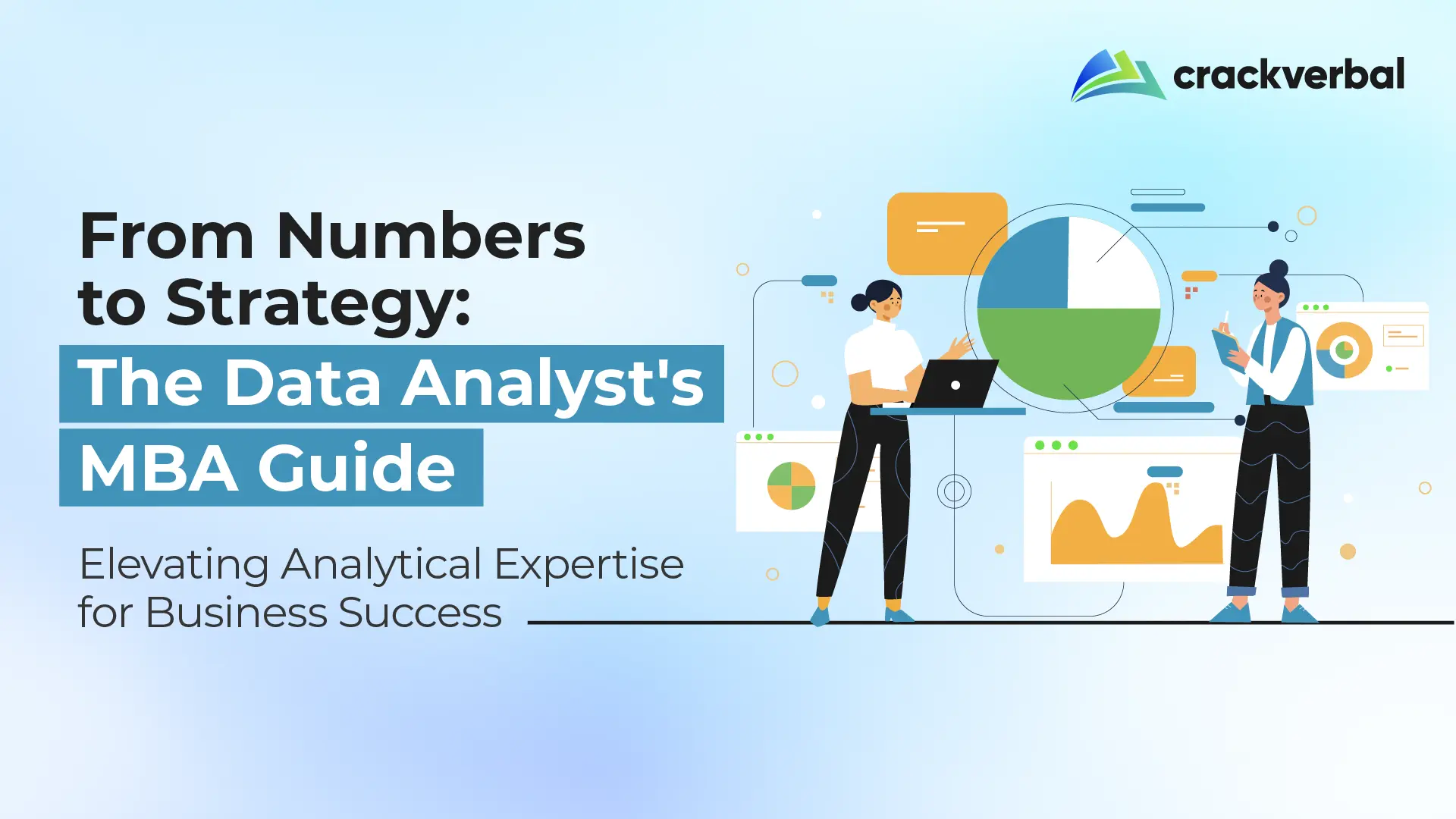
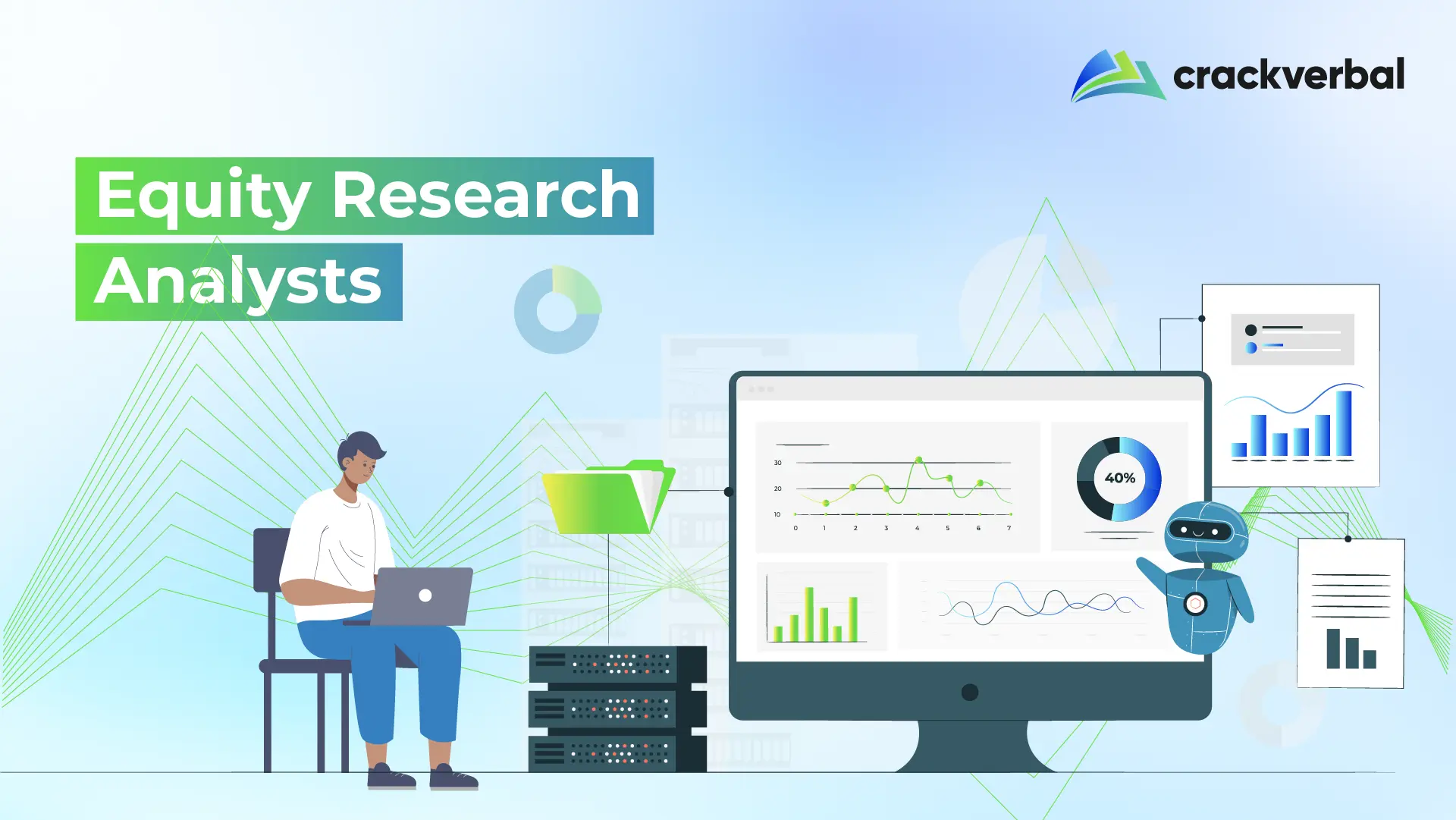
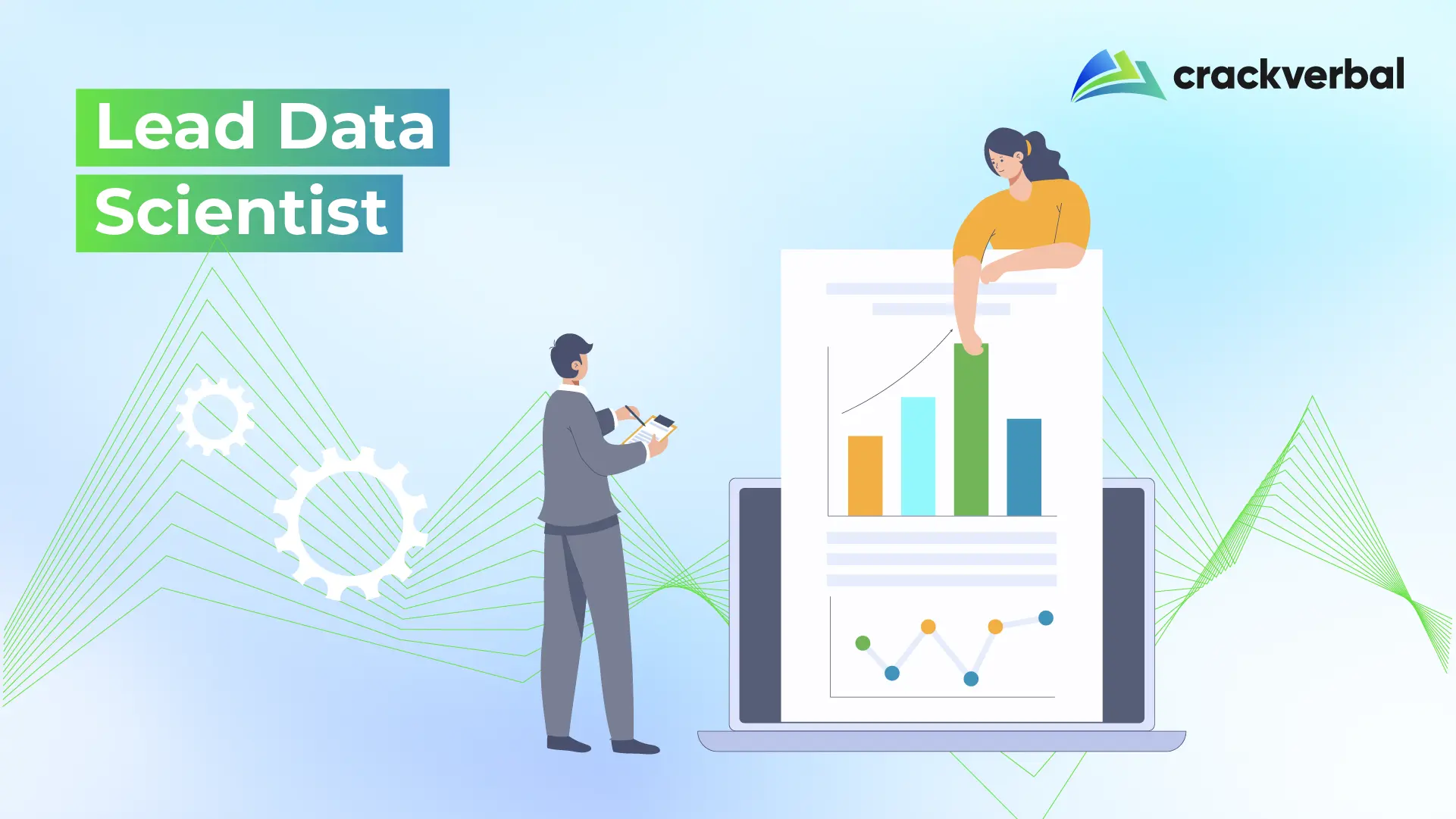




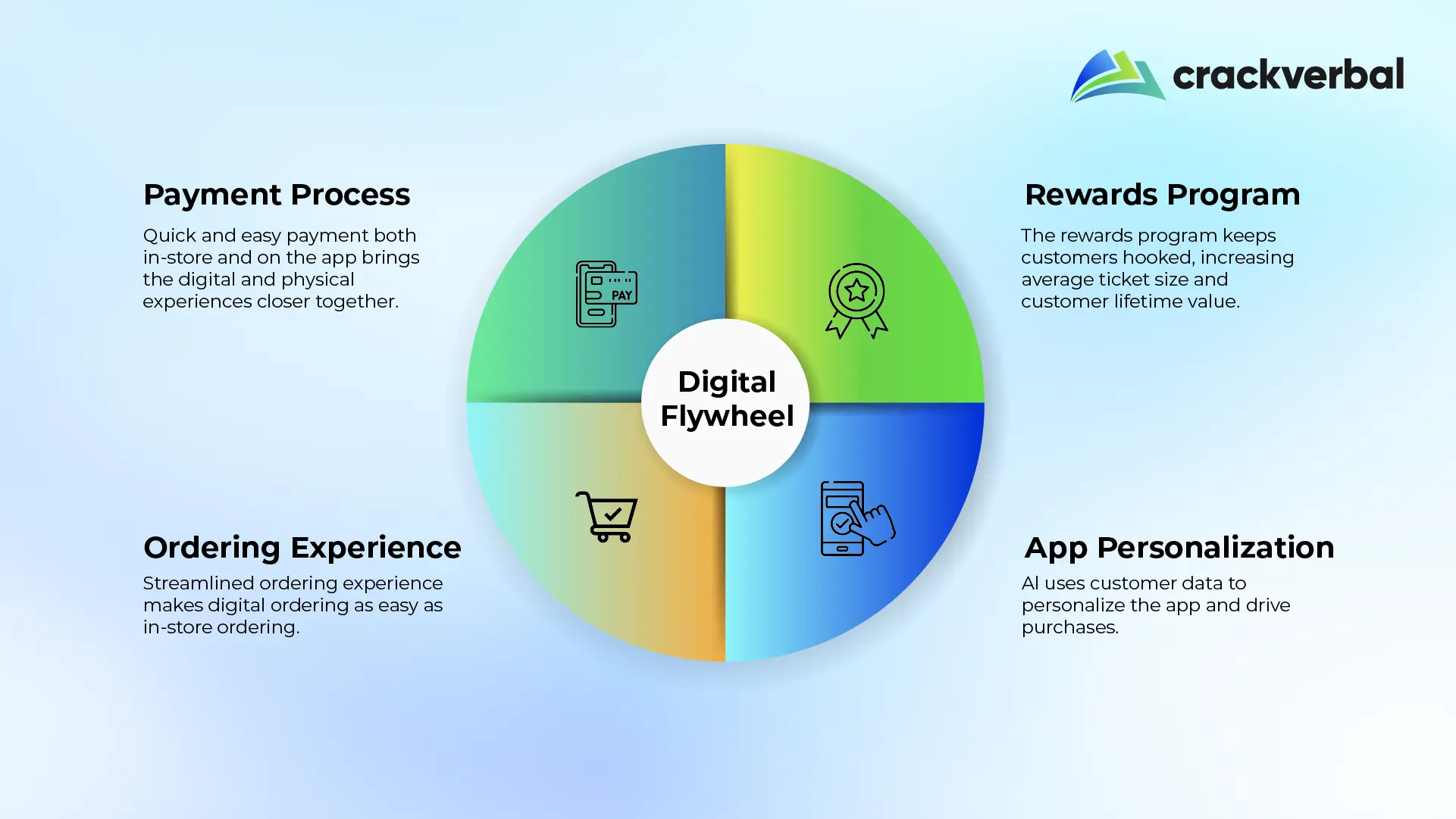

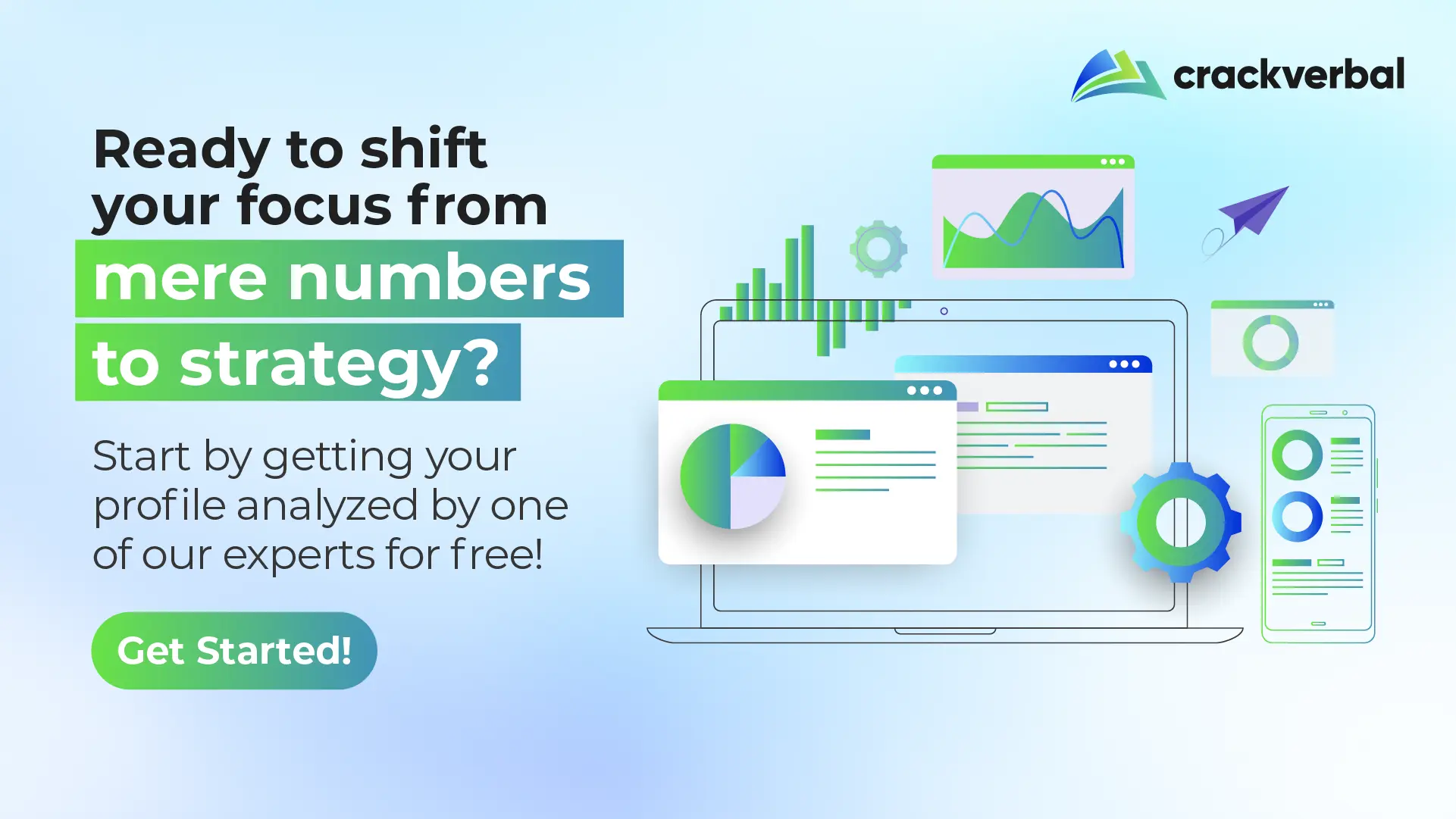
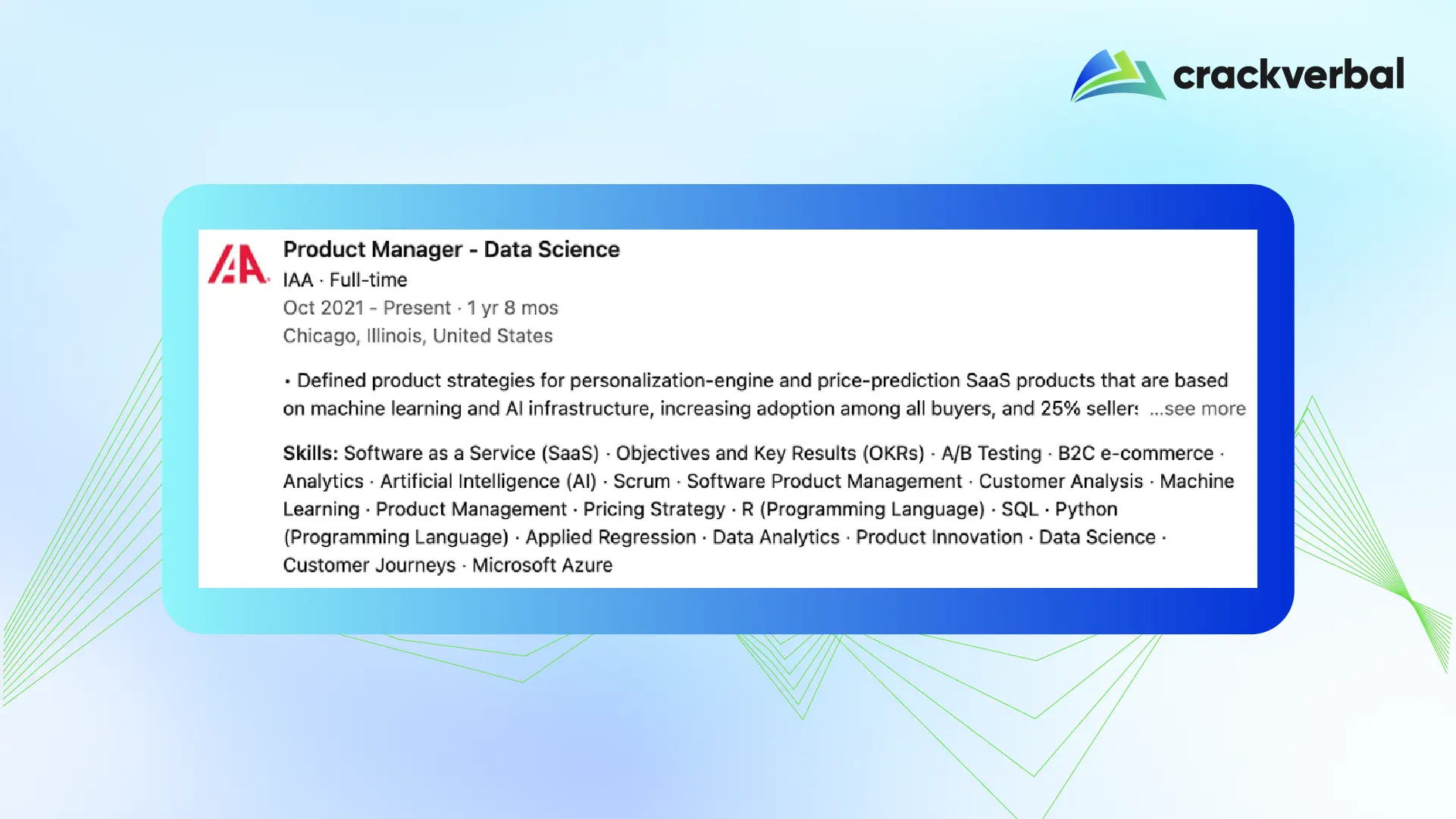
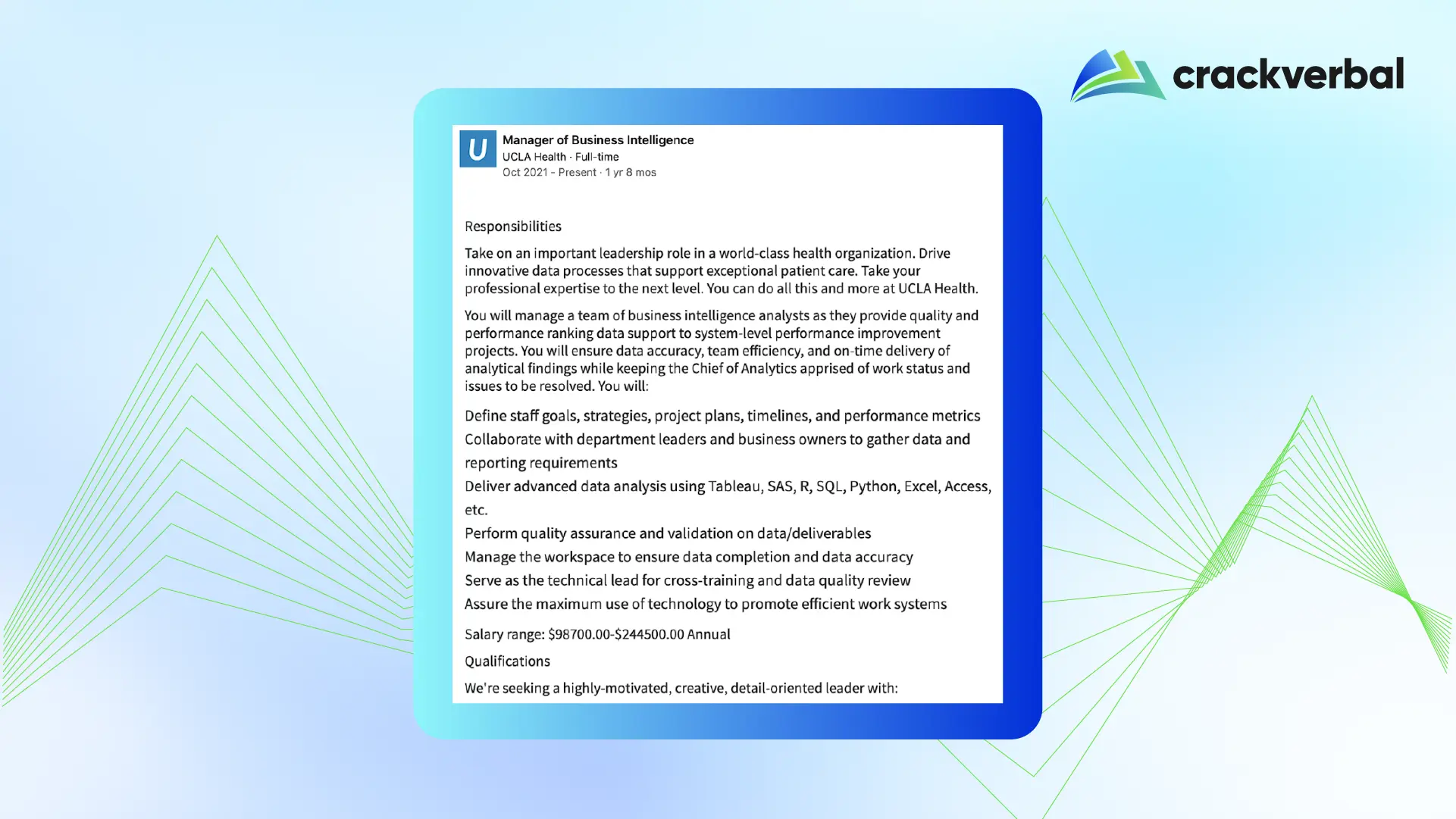
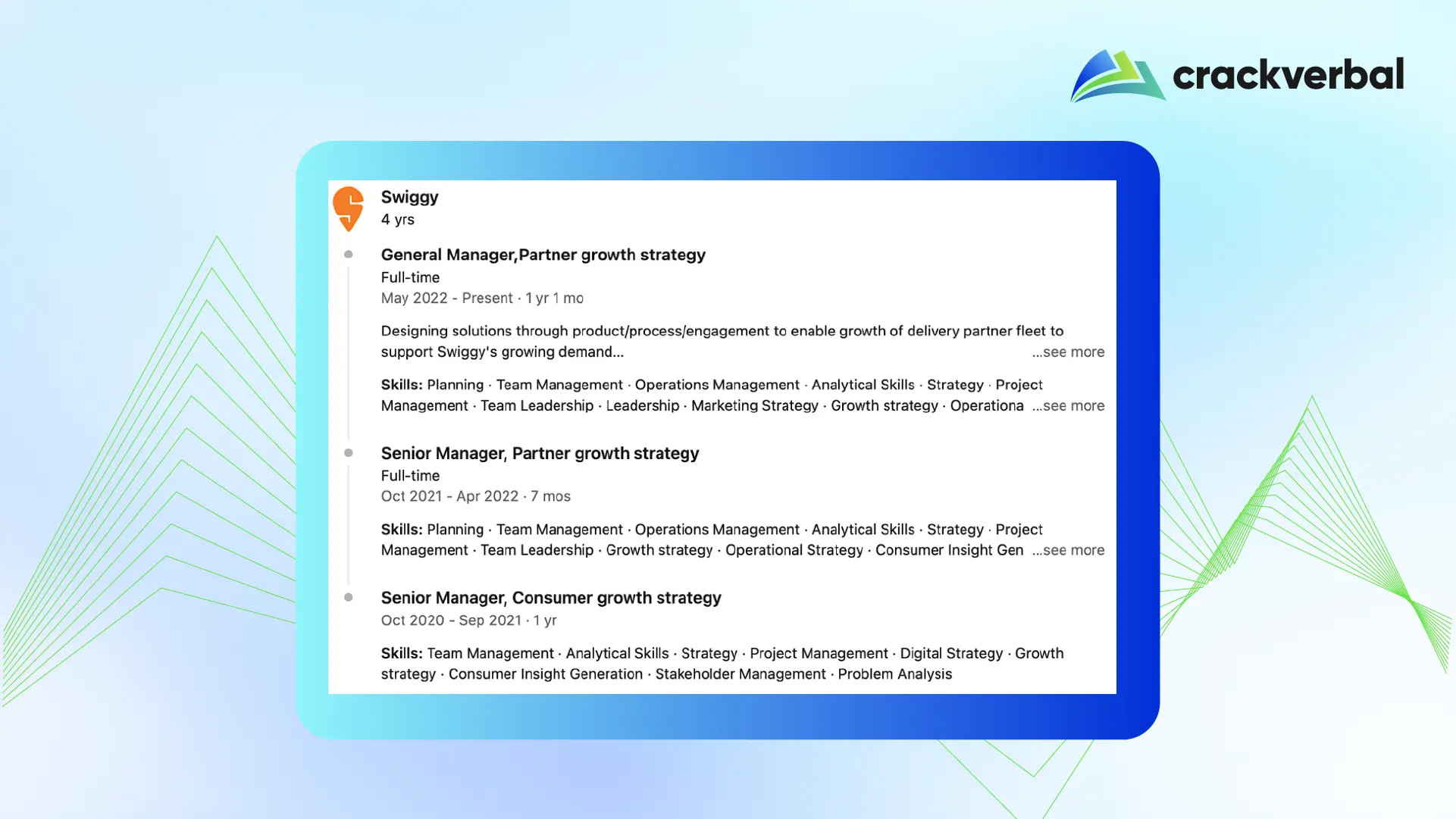
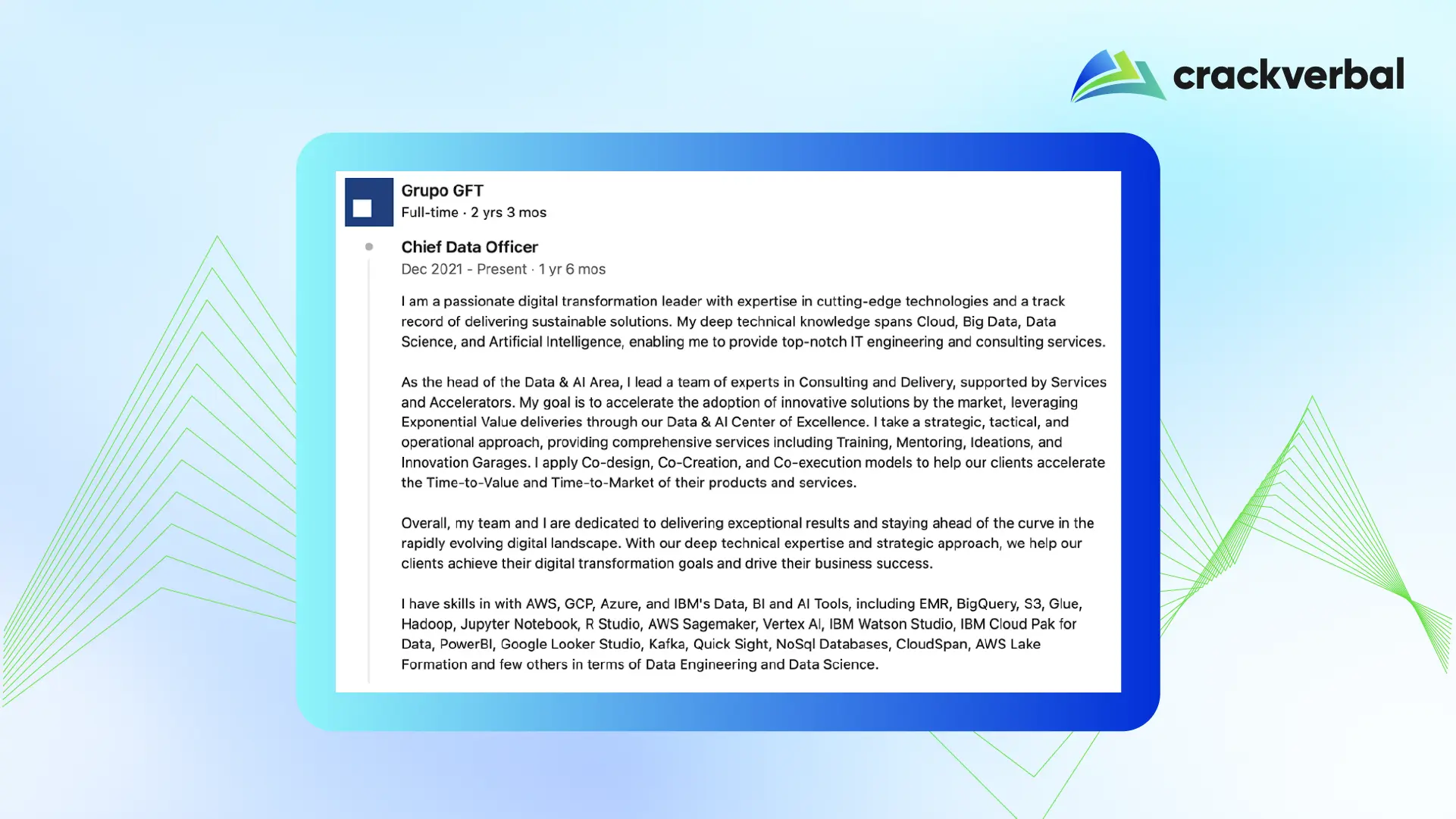
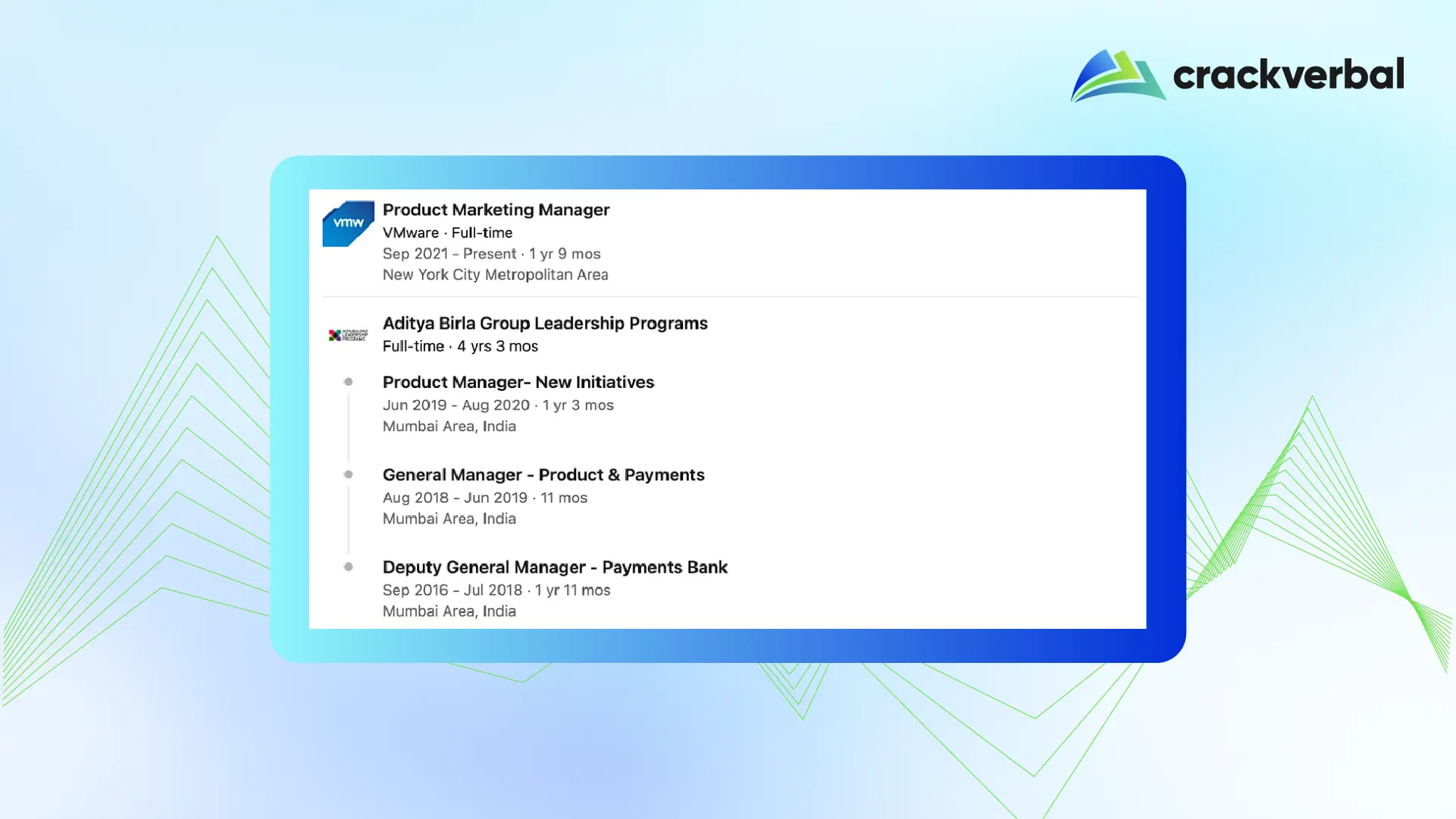
![What Do B-School Want in an MBA Aspirant? [5 Key Selection Factors Explained]](https://www.crackverbal.com/wp-content/uploads/2021/05/3-400x250.png)

